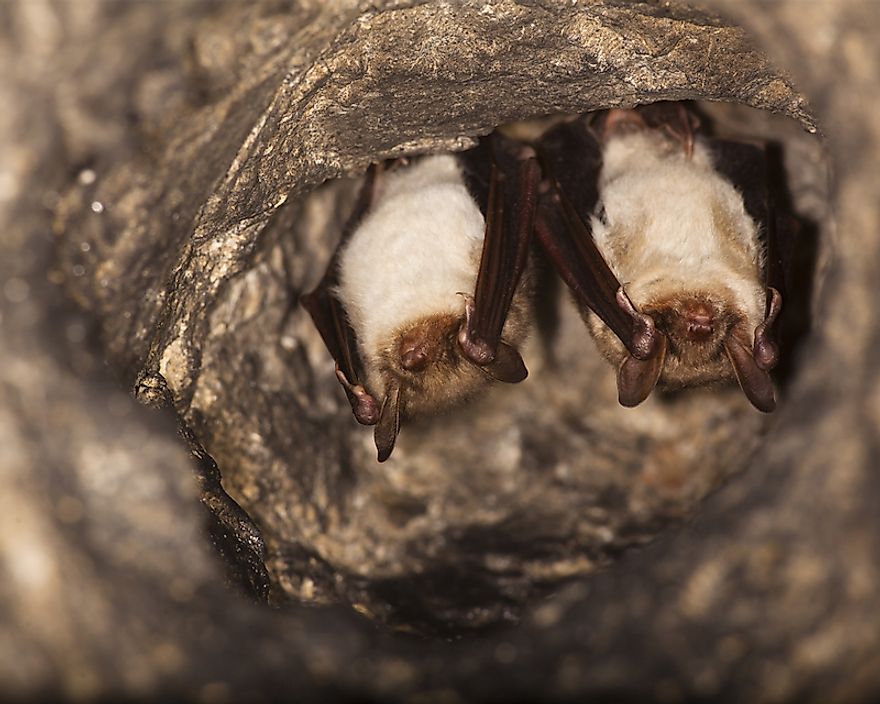What Is Hibernation?

What Is Hibernation?
Hibernation is often assumed to be the act of an animal sleeping through the winter season. However, researchers provide a completely different description for this phenomenon. According to experts, hibernation is the act of reducing the speed of an animal's internal metabolism to approximately 5% of its potential. This condition is referred to as torpor. During this state, animals also experience reduced heart rates, reduced breathing, and lower body temperatures. The location of the animal influences its hibernating body temperature. In some instances, body temperatures have been recorded at subarctic levels. Depending on the specific species, periods of hibernation may be as short as a single week or as long as a few months. During this time, however, the hibernating animal wakes up periodically, giving its body a chance to warm up temporarily. This behavior is primarily observed in mammals, although a similar condition occurs in insects (known as hibernacula) and in reptiles (known as brumation). When this process occurs during warm, summer months, it is known as aestivation.
Why Do Some Animals Hibernate?
Hibernation allows animals to survive cold winter months, especially when food is scarce. Additionally, hibernation enables animals to remain in their usual habitat, rather than being forced to travel to warmer climates. In short, animals are able to conserve energy during periods of hibernation. In some cases, hibernation is prompted by a lack of available food sources, which could be caused by natural disasters such as flooding, drought, or wildfire. Some researchers suggest that hibernation could also be a mechanism for self defense. This behavior protects animals by making them difficult for predators to locate because hibernating animals make minimal movement, very little sound, and emit virtually no odors.
Which Animals Hibernate?
A number of animals exhibit hibernating behavior, and the majority of these are small mammals. Experts have determined that small mammals require more energy in order to stay warm in cold temperatures, which explains why they are more likely than large mammals to hibernate. Some examples of animals that hibernate include: bears, dwarf lemurs, and big brown bats.
Bears are perhaps the largest and most widely recognized hibernators in the world. Most bear species hibernate during the coldest winter temperatures for a period of about 3 months. Prior to settling in for the winter, bears eat an abundance of foods aimed at helping them gain weight and store fat for energy. Additionally, a bear's thick fur helps them retain heat during hibernation.
The fat-tailed dwarf lemur, which inhabits the island of Madagascar, is the only known primate that exhibits hibernating behaviors. Researchers believe that the species hibernates in order to avoid food scarcity caused by the drought-like conditions of winters in Madagascar. During hibernation, lemurs may go as long as 10 minutes without breathing and have heart rates as low as 6 beats every 60 seconds.
The big brown bat is one of several hibernating bat species. This particular bat lives throughout the Americas, as far south as the northern regions of South America. The exact location of their hibernation dwellings has not yet been identified, although it is believed to be in different locations than those used during the summer seasons.











